What is paint correction?
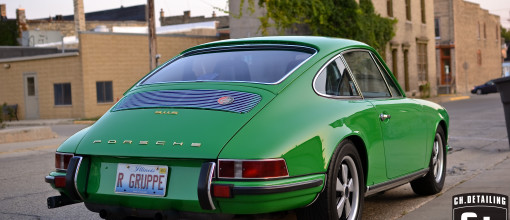
Paint correction is the skilled removal of defects and scratches from the surface of your paint, creating the single most dramatic difference in the look and value of any vehicle. It is a labor and time intensive process that levels paintwork on the microscopic scale to permanently remove light scuffs, scratches, swirl marks, bird stains, holograms, oxidation, micro-marring, and cobwebbing. This process works to maximize the clarity and depth of your paint while also amping up the gloss and shine.
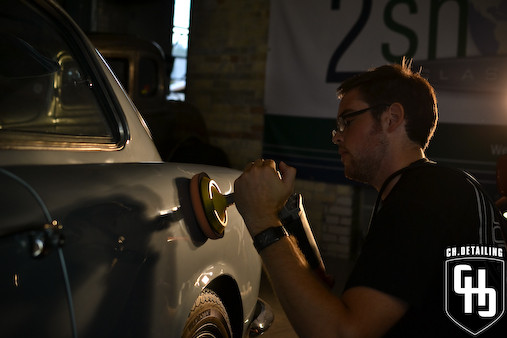
Having the proper skills, experience, and eye for detail is the definitive trait of the professional detailer, and is something that few possess. CH.Detailing takes great pride in staying on the cutting edge of paint correction, both in terms of technology and technique, which allows for the greatest results in the least amount of time, using the safest methods possible. Whether you have a modern supercar with complex curves, or a vintage vehicle still sporting the original paint, rest assured that your investment is being taken care of by someone with the experience and ability to return it to you in a better than new condition. A mistake during paint correction can often damage a vehicle such that a repaint is the only viable solution. On rare and exotic vehicles even a slight repair due to an unskilled detailer can decrease the value by thousands; who do you trust with your car?
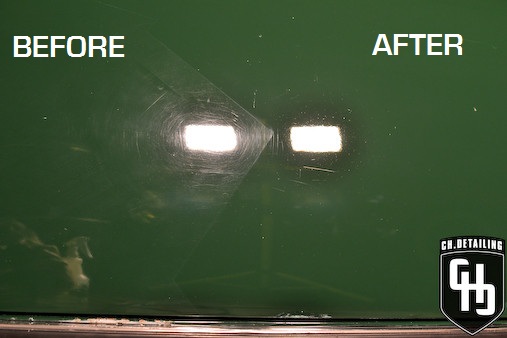
Enhancing the finish on this 1968 Porsche 911L in original paint.
The process can vary from a single stage of light polishing, to multi-stage corrections using polishes of varying cut, with a variety of pads, and a variety of machines; it takes an experienced and knowledgeable detailer to know which combination will achieve the desired results. A single stage correction will remove only the finest imperfections from your paint, leaving behind some of the deeper swirls and marring. Even though the surface isn’t perfect it will still create a sharp change in the gloss of the vehicle, and can often create a huge improvement on comparatively soft paints (such as that found on most Japanese vehicles).
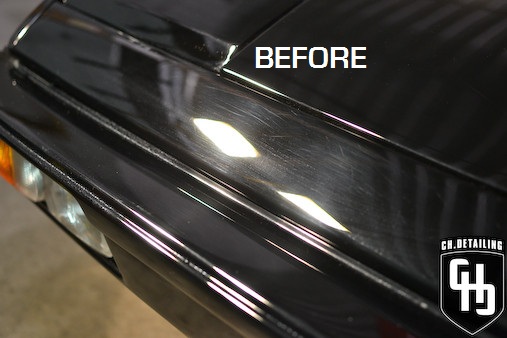
A one step correction made a sharp improvement in this Ferrari Mondial.
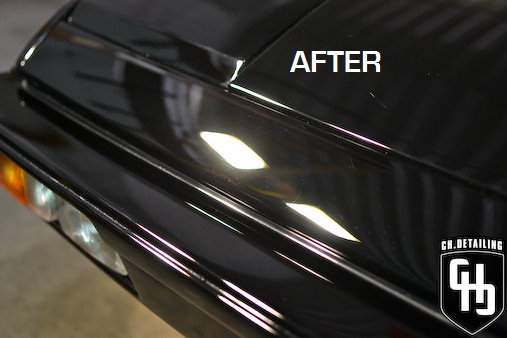
Multi-stage paint corrections can vary from a two step process to upwards of five steps. Paint hardness and the condition of the paint surface are the two major contributing forces when determining how much work will be required in order to perfect the paint. For most vehicles a two stage correction is sufficient to correct 85-90% of paint defects, but for those who desire absolute perfection a more intensive process may be necessary.
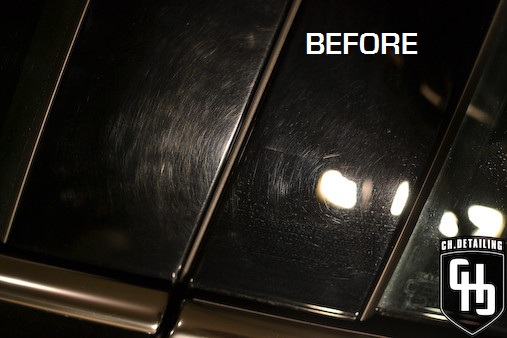
Multiple steps were taken to bring back the clarity on this Audi.
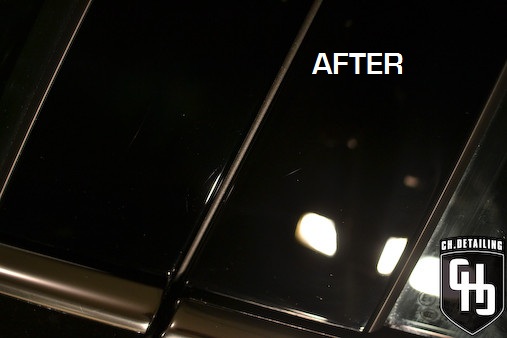
One of the most vital tools when performing any degree of paint correction is a paint thickness gauge. Paint correction eliminates scratches by removing very fine amounts of paint or clear coat from the surface, knowing how much paint you have to work with is crucial. This bit of info becomes so much more important when working on classic and vintage vehicles, whether repainted or original. Without knowing exactly how much paint is on a panel, and how much is being removed, it becomes all too easy to permanently damage the finish.
To see more photos of the difference that true paint correction can achieve, please click here. Selecting one of the incredibly durable paint coatings is a perfect compliment to a paint correction detail. If you are interested in paint correction for your vehicle, or to read more about paint coatings, please view our service packages by clicking here.

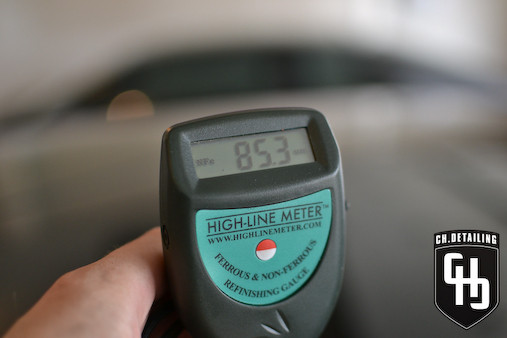
[…] is an economical form of paint correction that offers the biggest results for the lowest cost. This package includes everything from […]